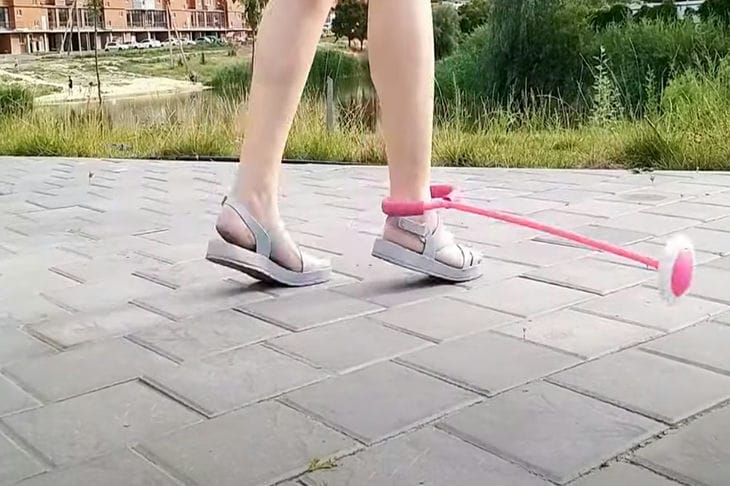Which child should not buy a neuro-jump rope: a useful invention can cause harm
In the modern world there are many gadgets and devices that help us develop and improve the quality of life.
One of these devices is the neuro-jump rope, which is becoming more and more popular among children every year (and some adults are not averse to jumping on one leg).
We invite you to learn more details about using a neuro-jump rope, as well as to understand who might benefit from it and who should refrain from using it.
Let's start with the obvious benefits. Using a neuro-jump rope is good for the brain, as it improves its oxygen saturation, which can be useful when tired.
In addition, a child using a neuro-jump rope moves actively and spends time usefully, instead of playing on the phone.

Exercises on a neuro-jump rope help develop agility and coordination of movements. As tasks become more complex, you can work on regulating movements, which will help the child learn to control their actions.
Because different legs are involved in the work, the work of the right and left hemispheres is coordinated.
Who wouldn't benefit from such a trainer? Of course, first of all, you should consider the child's health. In addition, experts recommend not to use it in case of obvious problems with learning, for example, if the child has been diagnosed with dyslexia. A neuropsychologist will help you find out whether these exercises are suitable for your son or daughter.
If it turns out that the neuro-rope is “suitable” for use, make sure that the child changes legs and rotates the rope in different directions.
We previously wrote about why you shouldn't buy shoes for babies.
